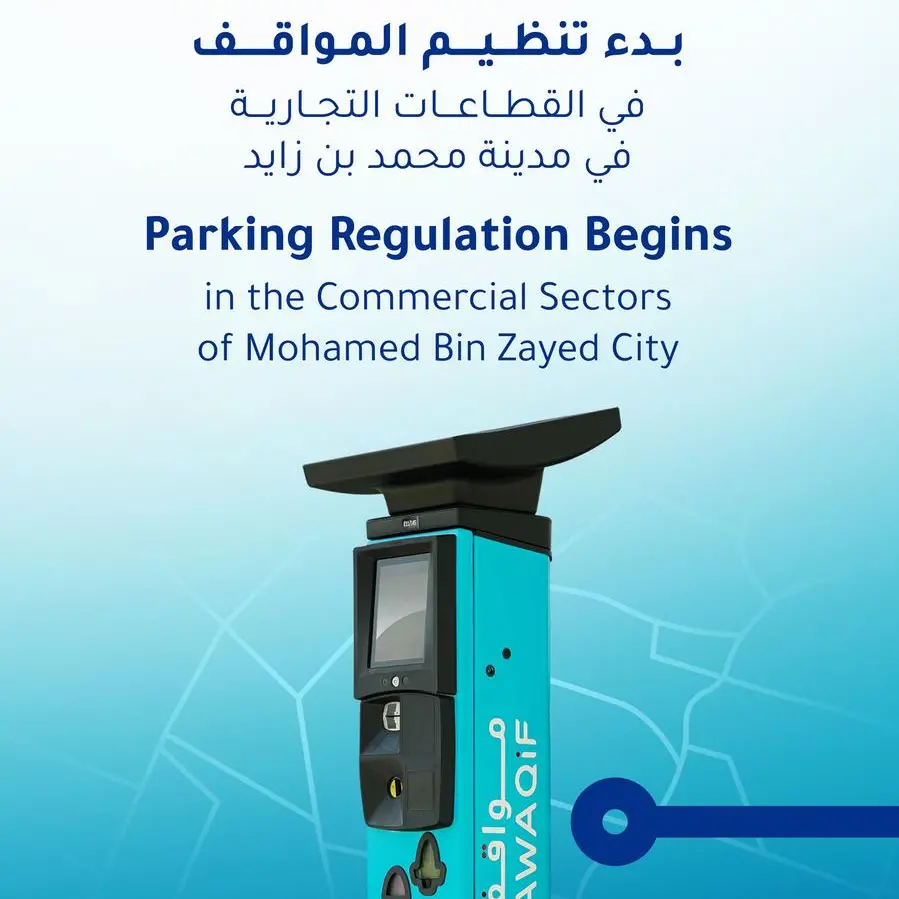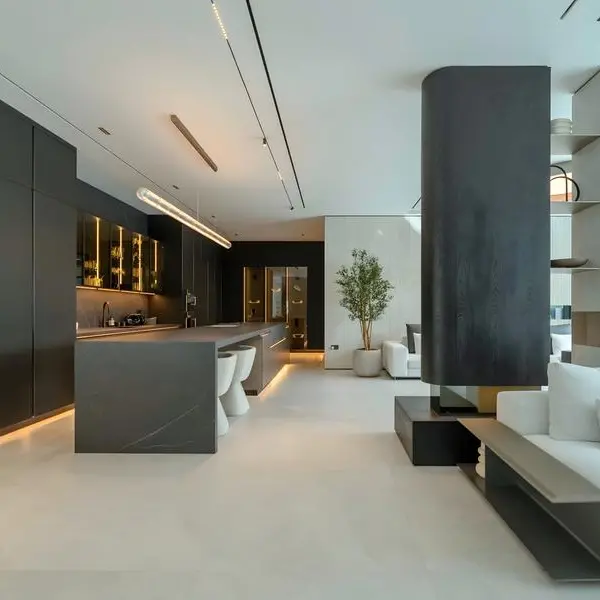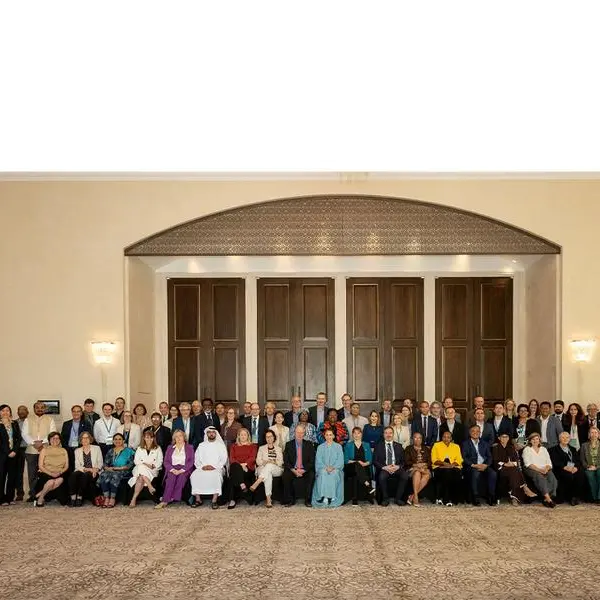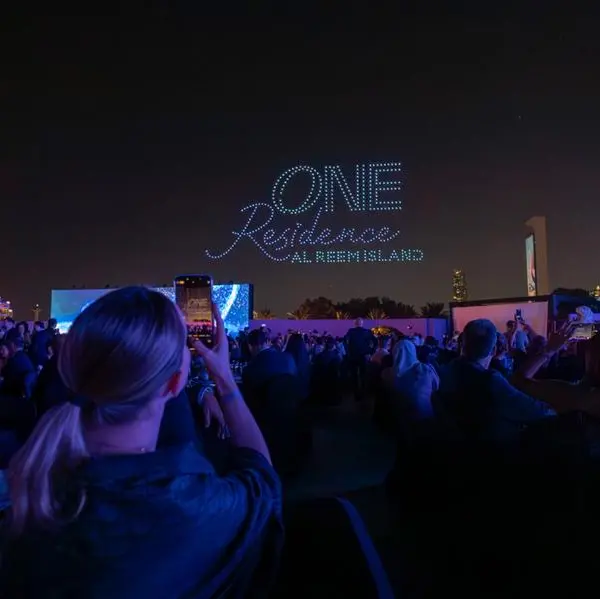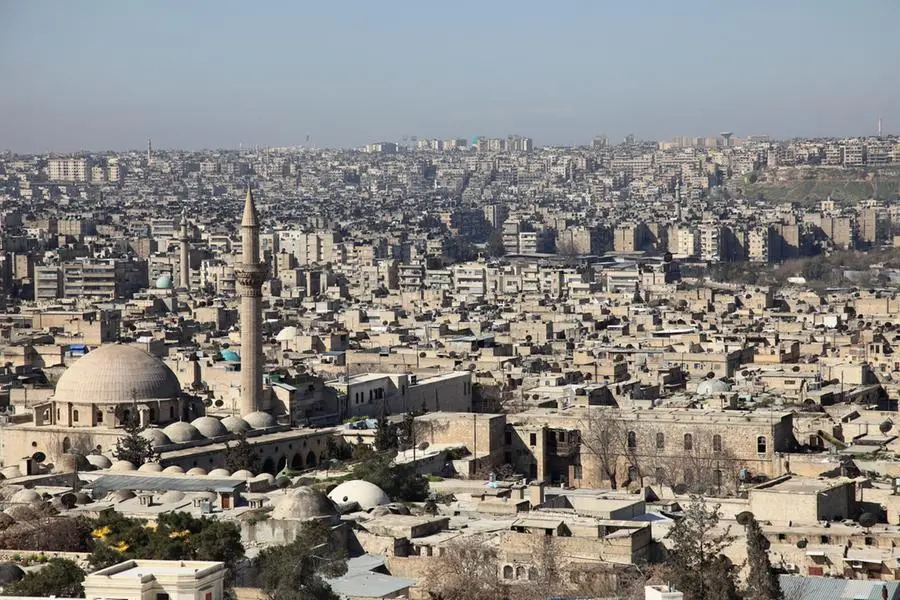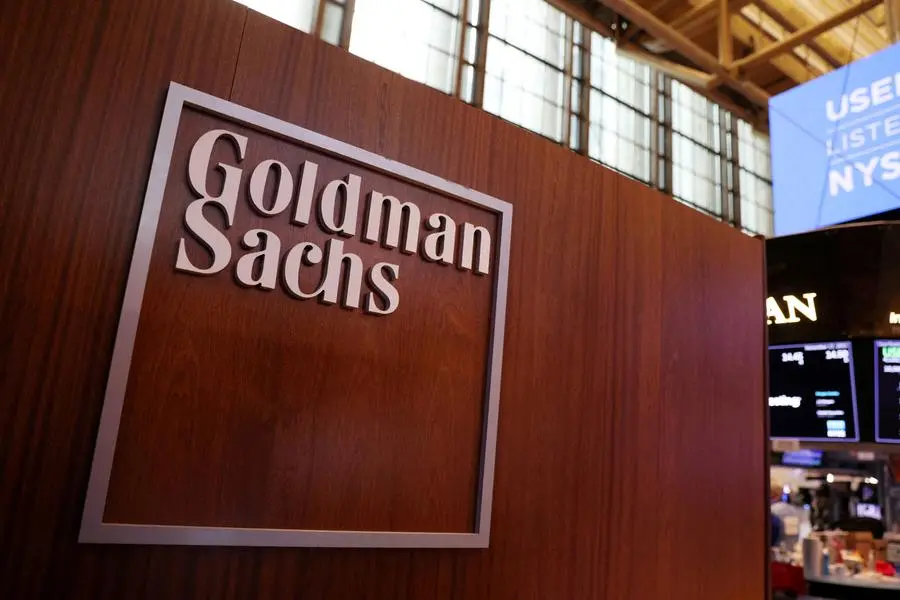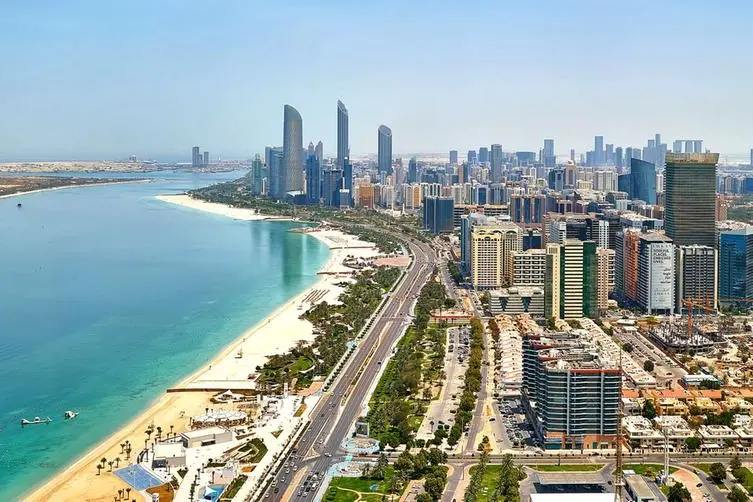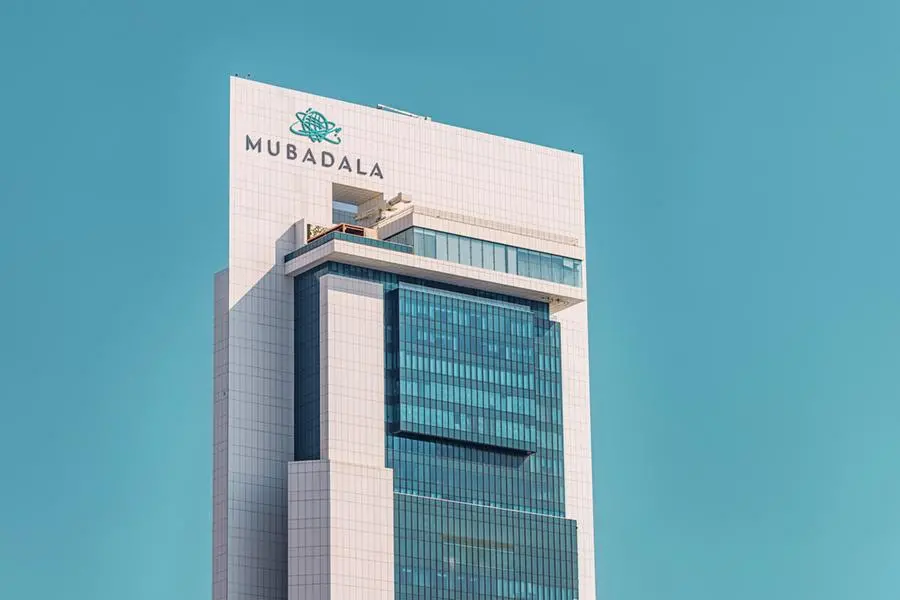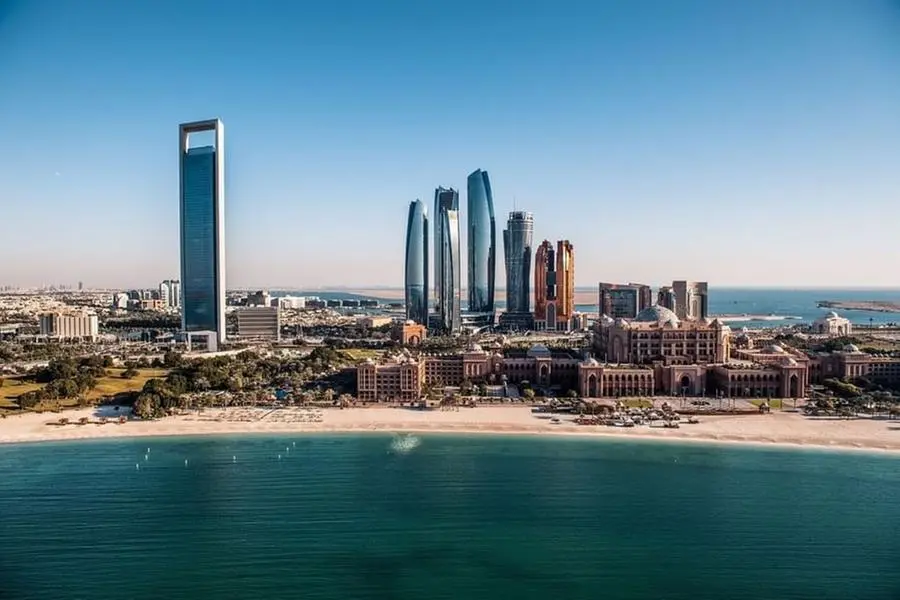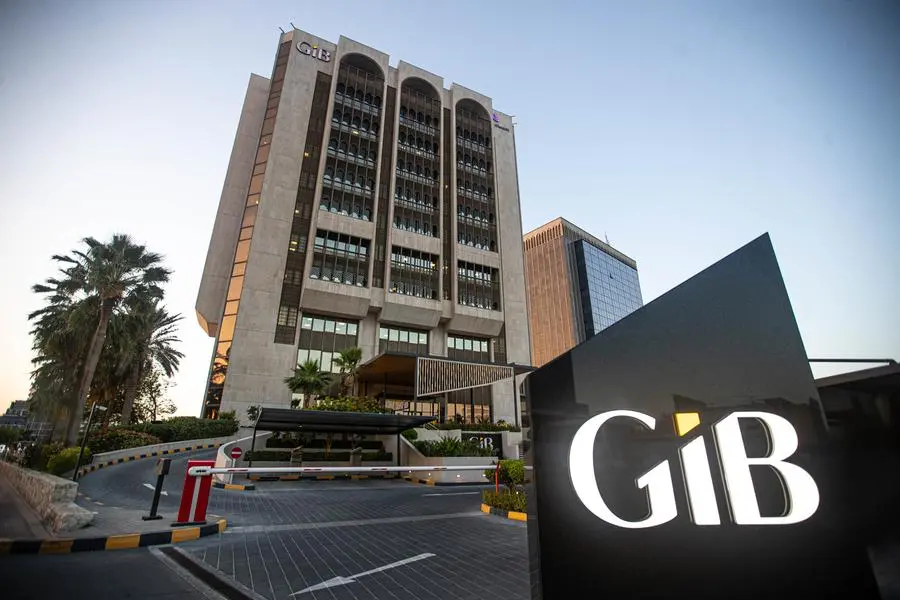DOHA, QATAR--For the past 60 years, architects from around the world have designed unique, contemporary buildings that reflect the local climate, culture and growth of Doha. Today, their architectural feats can be explored publicly via a free Web-based application called 4dDoha: Buildings (www.4ddoha.com/collection).
Funded by Qatar Foundation and created by Carnegie Mellon University School of Architecture in Pittsburgh faculty members Kelly Hutzell and Rami el Samahy and their research team, 4dDoha: Buildings is part of an ongoing research project mapping the urban growth and transformation of Doha. The application they developed is one facet of a larger project called 4dDoha that examines Doha in three-dimensional space as well as time.
"4dDoha addresses these transformations by tracing the physical growth of the city across time through an interactive display that allows users to track a variety of changes through different eras," said Hutzell, an associate teaching professor.
The application allows users to view the city in four dimensions -- length, width, height and time. It focuses on the city's architecture from the pre-oil period of 1947 to its independence in 1971, and through the current expansion.
Hutzell and el Samahy, who have been teaching architectural courses in Doha during the spring semester for the past four years, chose 50 of the most noteworthy buildings to be part of the application. The app was designed for use with an iPad, but can also be viewed through a web browser like Safari, Firefox, or Chrome. The application includes graphic icons, detailed information and photos of the buildings collected by the researchers. App users can sort the collection by time, location, architecture language or style (vernacular, modern, postmodern or contemporary), and by current status, such as whether it is standing, has been demolished or renovated, or is unrealized.
As professors and architects, Hutzell and el Samahy said they are always trying to practice what they teach. In this case, they wanted to explore architectural elements that are unique to the place and time, and to generate discussion on what represents Qatari architecture.
"It is important for architects in this region [the Arabian Gulf] to understand the commonality in architectural elements, as well as the differences," said el Samahy, an assistant teaching professor and founding partner of the firm over,under.
In addition to being a free Web application, 4dDoha: Buildings was exhibited on the Carnegie Mellon Qatar campus in April. Visitors to the exhibit used the app as part of an interactive experience that helped them see the physical growth of the region.
Hutzell and el Samahy are planning on adding more categories to 4dDoha, including master plans, urban elements, and competitions that will round out the narrative of the city's development. They are currently in discussions with institutions in Qatar to exhibit the app in larger venues to wider audiences.
"We had hoped that 4dDoha would serve as a general education tool for the public to know more about the history and the future of Doha," Hutzell said. "We looked to the past to understand what was involved in designing a contemporary Arab city."
About Carnegie Mellon:
For more than a century, Carnegie Mellon University has been inspiring innovations that change the world. Consistently top ranked, Carnegie Mellon has more than 12,000 students, 90,000 alumni and 5,000 faculty and staff globally.
In 2004, Qatar Foundation invited Carnegie Mellon to join Education City, a groundbreaking center for scholarship and research. Students from more than 40 different countries enroll at our world-class facilities in Education City.
Carnegie Mellon Qatar offers undergraduate programs in biological sciences, business administration, computational biology, computer science and information systems. Carnegie Mellon is firmly committed to Qatar's National Vision 2030 by developing people, society, the economy and the environment.
Learn more at www.qatar.cmu.edu.
© Press Release 2012

